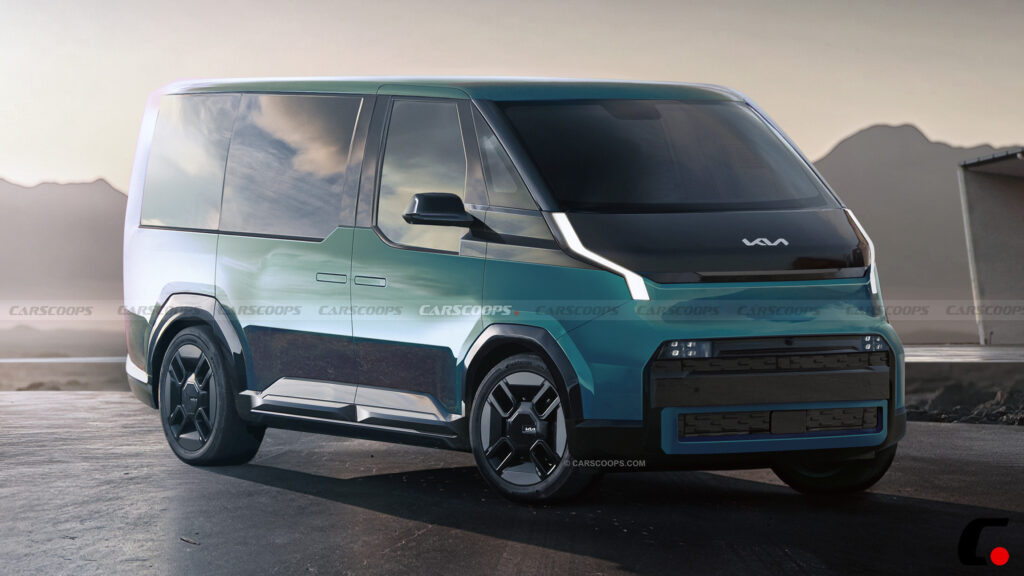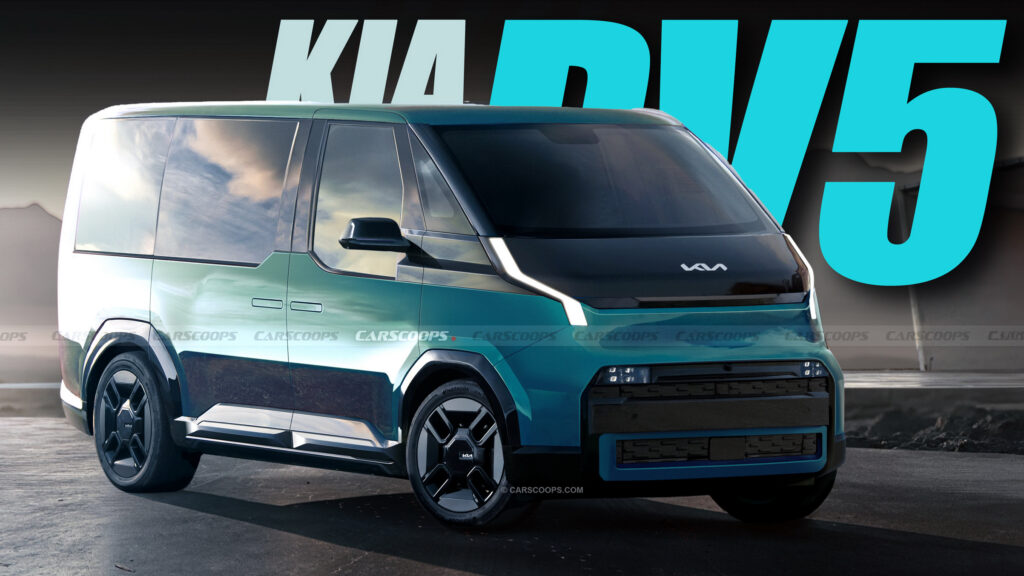- The PV5’s design merges futuristic looks with practical features for improved utility.
- The mid-size van will compete in a crowded market with rivals like the Transit and ID.Buzz.
- Kia’s lineup will eventually expand to encompass the smaller PV1 and larger PV7 electric vans.
Better known for its captivating electric car and SUV lineup, Kia is preparing to broaden its horizons in both the passenger and light commercial van sector with purpose-built models (called Platform Beyond Vehicles, or PBVs). This is a significant step in the brand’s push towards a versatile and electrified future.
At the 2024 Consumer Electronics Show, Kia previewed their electric van strategy with three concepts: the PV1, PV5, and PV7. First off the line will be the mid-size PV5, hitting South Korean production in 2025. It will be followed up by the smaller PV1, created for navigating through tight city streets, and the larger PV7, targeting heavier commercial applications. All three models will feature a unified design language.
Future Cars: What We Know About The 2026 Kia Sportage SUV
With plans to roll out 14 electric vehicles by 2027, the Seoul-based automaker is preparing to offer everything from delivery vans to shuttles and even robotaxis. For this expose, we’ve digitally decoded what the mid-sized PV5 will look like, so read on as we explore all that is known.
Futuristic Design
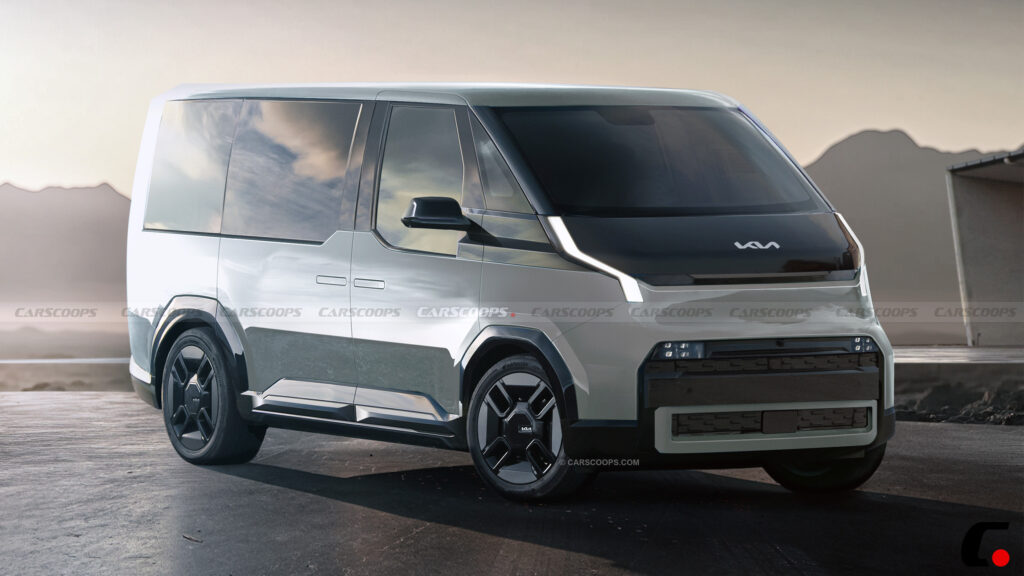
As we’ve seen from the development prototypes spied in Europe, the production-ready PV5 will retain much of the concept’s design language that Kia introduced at this year’s CES event. Upon first glance, it’s a sea of geometrical shapes, hard creases and flat surfacing. Key highlights include DRLs that cascade into the two-tone front end, with the main lighting units positioned further down within a rectangular front grille graphic.
Angular fenders and a weirdly tall glasshouse add a dose of futurism, yet the overall simplicity ensures unity across the different body style configurations. Out back, it sports a traditional van aesthetic with horizontally slender LED tail lights and barn-style doors with an offset-mounted license plate.
Practicality Plus
Kia previewed its electric van lineup with the PV1, PV5 and PV7 concept models.
Each variant of the PV5 emphasizes versatility and user-focused design, with basic (passenger) and van (delivery) models measuring a height of 74.8 inches (1,900mm). In comparison, the high-roof variant extends to 86.61 (2,200mm), providing extra cargo space. Its flexible ‘e-CCPM’ (Electric Complete Chassis Platform Module) architecture also offers interchangeable camper, taxi, and cab-chassis configurations behind a fixed cockpit.
More: 2025 Kia Tasman Pickup Rendered To Reality
The passenger variant offers moveable seating with advanced connectivity and AI-infused infotainment features, while the delivery van maximizes cargo space with low, easy access and loading features. It will also incorporate ‘by wire’ technology for steering and braking to facilitate advanced driver-assist technologies, particularly in the robotaxi model, which is equipped with autonomous driving capabilities.
Electric Motion
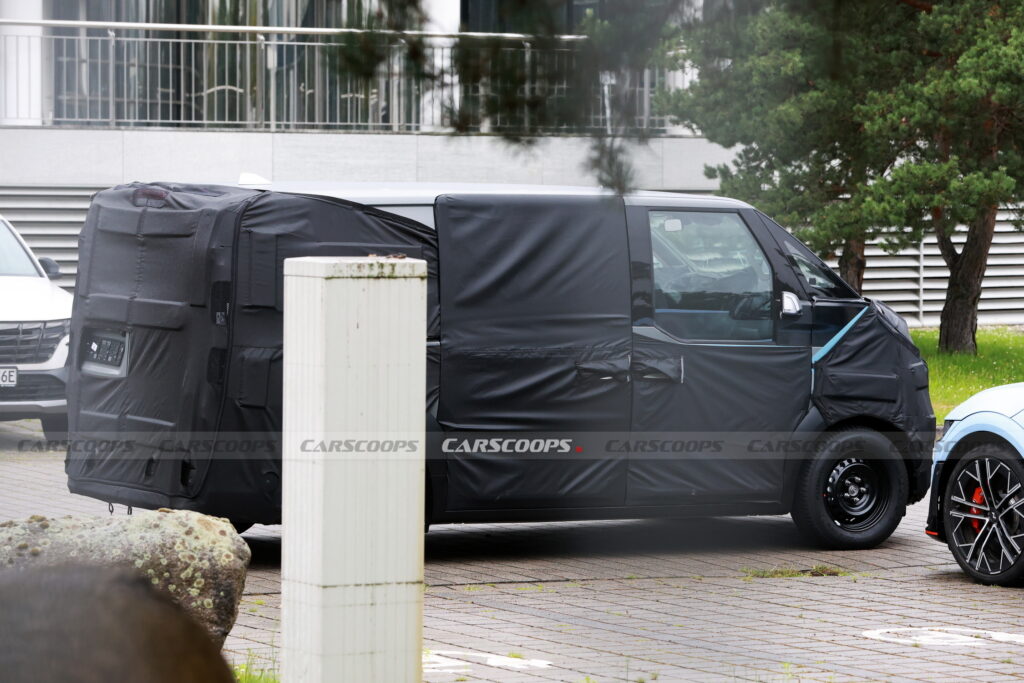
Although specific powertrain details have yet to be revealed, the PV5’s all-electric setup will leverage the latest battery technology to ensure a competitive range and efficient performance. The vehicle will likely share components with other electric models in Kia’s lineup, including dual-motor versions, to deliver a blend of power, efficiency, and rapid DC charging capabilities.
Since it targets commercial applications, expect it to offer Vehicle-to-Load (V2L) and Vehicle-to-Grid (V2G) compatibility. The chassis cab version will also appeal to businesses looking for a reliable, customizable electric platform that can be outfitted for specialized purposes, such as mobile workshops or bespoke cargo solutions.
Rivals and Reveal
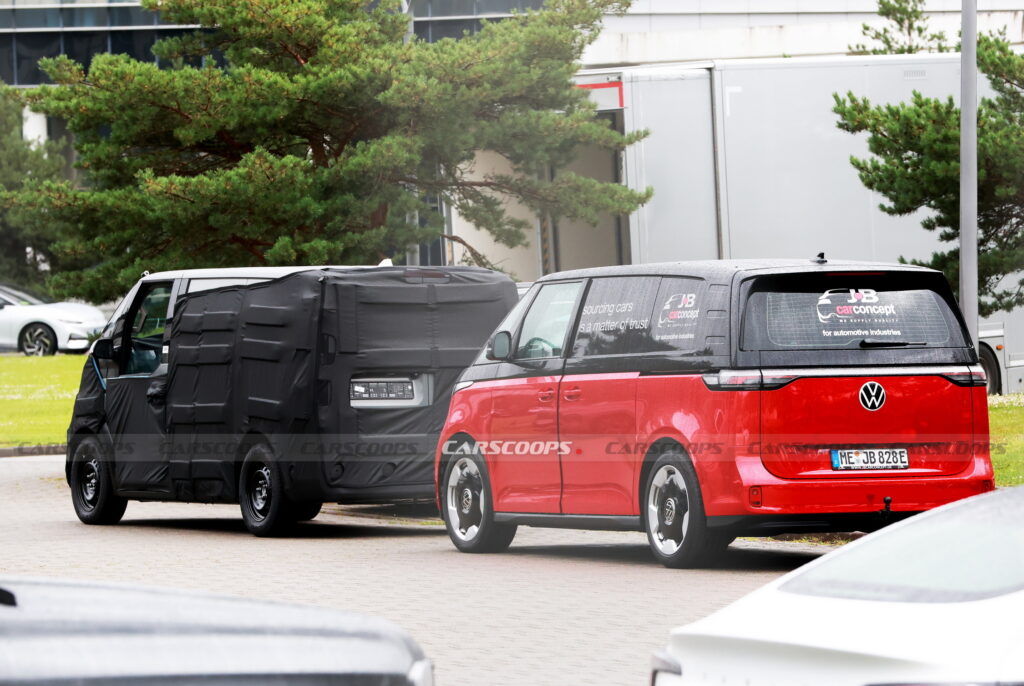
The PV5 will face stiff competition from a growing roster of challengers, including but not limited to, Ford’s E-Transit, Mercedes-Benz eVito, and the upcoming Volkswagen ID.Buzz Cargo. These rivals are all equipped with electric powertrains tailored for both commercial and passenger uses.
The mid-size van is scheduled to debut next year, with production taking place at Kia’s new Hwaseong plant southwest of Seoul. However, it remains possible that PV5 models destined for the US and Canadian markets could be assembled at Kia’s factory in Mexico to sidestep the chicken tax, which imposes hefty tariffs on imported commercial vehicles.
Following the PV5, the smaller PV1 and the larger PV7 will expand the lineup as part of Kia’s ambitious plan to produce up to 150,000 units. Pricing details are yet to be announced, but it’s unlikely to come cheap.
What are your thoughts on the PV5’s futuristic design? Share your views in the comments below.
